How does an RV Surge Protector Handle Surges?
How does a Surge Guard 34951 Handle Voltage Spikes?
There is one sure way to determine the level of surge protection you are getting from a surge protector, and that is called a joule rating. Electricians will get excited when someone starts talking about joule ratings, but for me, I just trust that this measurement is how to determine the surge rating of a surge protector. If you want to get technical and start talking about newtons and ohms and all that stuff, then you can certainly figure out specifically what a joule is. The short version of what a joule is would be one watt of power dissipated for one second, and the work of passing one amp through a resistance of one ohm for one second. (Yes, I pulled this definition off a trusted source). So, when you are looking at a surge protector for your RV, pay close attention to the joule rating!
Let’s look at the Surge Guard 34951 and the Progressive Industries PT-50X 50A electrical protection systems as an example. The Surge Guard 34951 has a joule rating of 4200, and the Progressive has a joule rating of 3580. You really don’t need to look any further than this to know that the Surge Guard has a higher surge rating, but how is this achieved?
Surge protectors use something called a metal oxide varistor (MOV) to dissipate excess voltage. So, it really comes down to how many MOVs are in the surge protector and how many joules can each MOV dissipate or be dispelled. The Surge Guard 34951 50 Amp model has 12 MOVs, and each MOV can dissipate 350 joules. In front of the MOVs in the Surge Guard designed units is a fuse designed to open on high current. When it is opened, it triggers the Surge Announcement/Surge Light.

During a surge event, the electricity will go through the fuse before the MOVs see the spike. If the voltage of the spike is not excessively high, then the amperage is relatively low, and the fuse will not be opened. However, the surge is still blocked from entering your RV by the MOVs. The MOVs will suffer degradation but may not fail completely. All 12 of the MOVs will also share the blocking duties. In the case of a light surge, you will not know it even happened since the fuse did not open. The effects of these small surges will accumulate until the MOVs are exhausted, at which point the MOVs will short out and blow the fuse. Over time, a multiplying of small surges can eventually exhaust the MOVs. In the case of a larger surge, the amperage will be great enough to open the fuse and short/fail the MOVs immediately. So, when someone asks me if the Surge Guards are “one and done” when it comes to a surge, the answer is that it depends on how big the surge is. Remember, on the Surge Guard 50 Amp model there are 12 MOVs that can each handle 350 joules of excess energy. The MOVs are expended in parallel which means that if you have a spike that produces 700 joules of excess energy then the first two MOVs will be expended, but you will have 10 more waiting for the next event.
To see a video of surge protector and MOVS explained check out the video below:
Surge Guard has the highest joule rating on the market, so this means that they have more MOVs inserted in their unit. It is a pretty simple concept, but how can this get confused by competitors that do not have a high joule rating? Joule rating is straight forward, but what is not straight forward is an Amp rating for surge protection. Surge Guard states its 50 Amp electrical protection system (34950/34951) is rated at 6,500 Amps of spike current, while a competitor is rated at 88,000 Amps of spike protection. The competitor clearly has less joules of protection and less MOVs in their unit, and as we have learned this is the real rating to go by. The issue is now what formula does each company use to come up with their Amp rating? Unfortunately, there is no standard which defines which formula has to be applied to a surge protector to arrive at an Amp rating, and both companies used a different one. It is not that the rating is incorrect in either unit; it is more that they are reporting 2 different things but calling them both the Amp rating. The only way to truly compare them is to apply the same formula to both units.
Surge Guard’s rating of 6,500 Amps refers to the max of each MOV taking 2 pulses of current. This would mean that 12 MOVs x 6,500 Amps = a total of 78,000 Amps of spike current. Since the competitor has less MOVs than a Surge Guard, it is plausible to say that the competitor is using the 1-pulse spike current rating of their MOVs to reach their spike rating of 88,000 Amps. If this is true and you apply this same 1-pulse model of 10,000 Amps per MOV (12 MOVs x 10,000 Amps), then the Surge Guard would have a rating of 120,000 Amps max spike current. So, what we originally thought (the Surge Guard unit could protect up to 6,500 Amps versus the competitor’s unit that protected up to 88,000 Amps) is really that the Surge Guard is protecting at 120,000 Amps versus the competitor at 88,000 Amps.
Wow, this is exhausting! Let’s get back to the basics! All that really matters as it relates to surge protection is the joule rating of your RV’s electrical protection system, and Surge Guard has the highest joule rating of 4,200 joules.
As you all know, TechnoRV only sells what we believe to be the best, and in our opinion, Surge Guard tops all other Surge units on the market.
To shop the entire line of Surge Guard Electrical Protection units, click here.




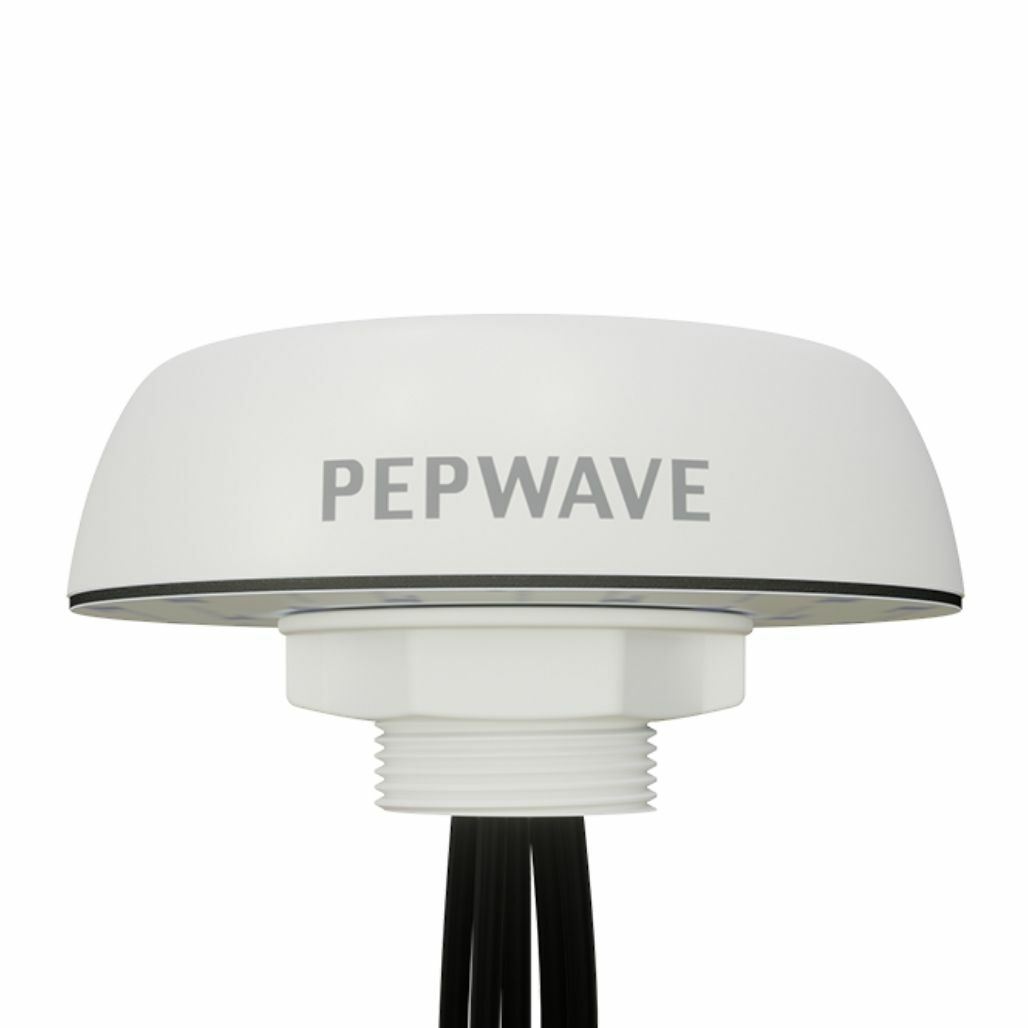
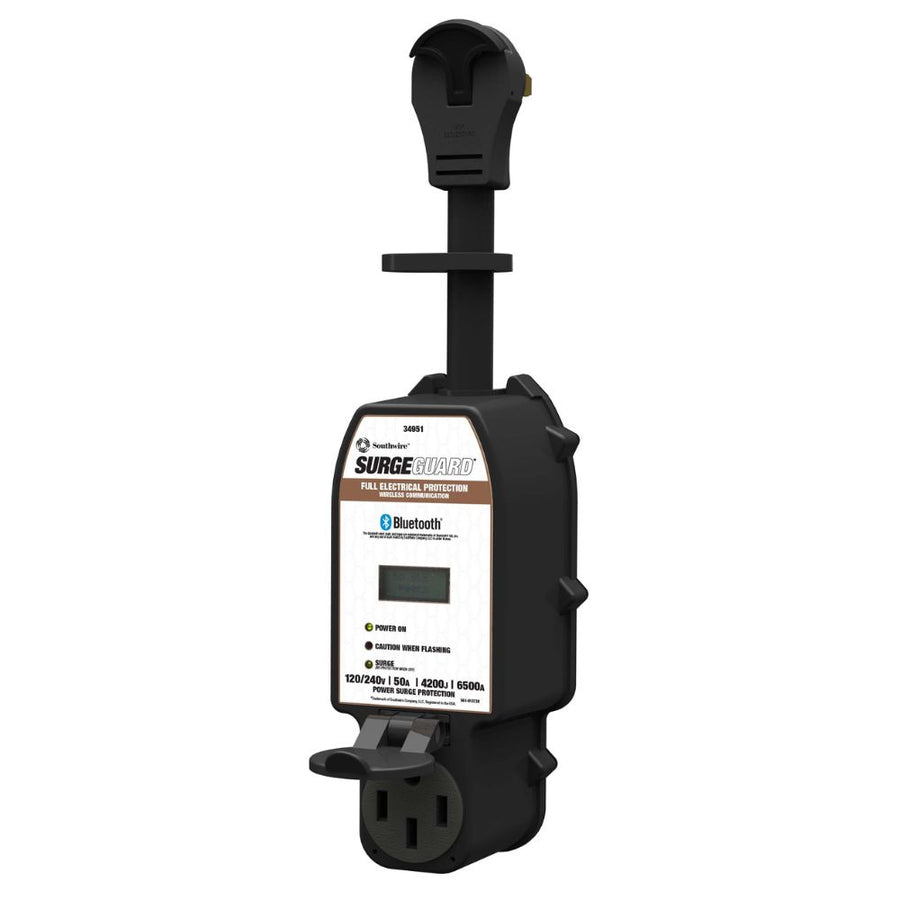

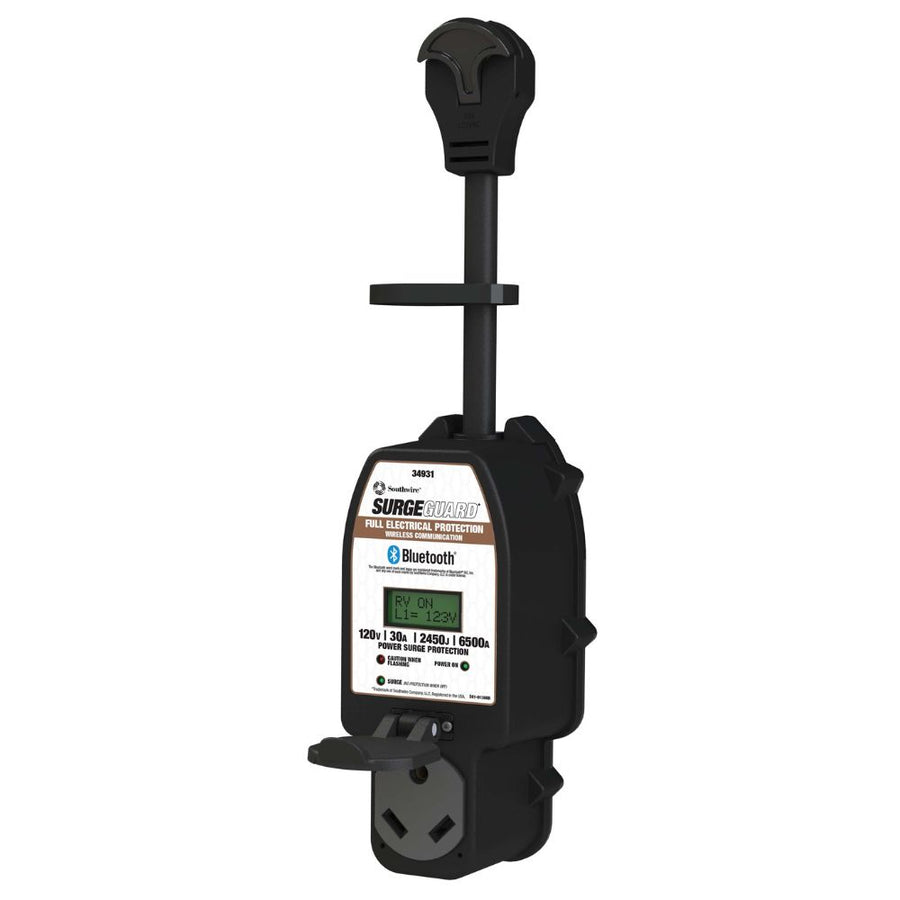

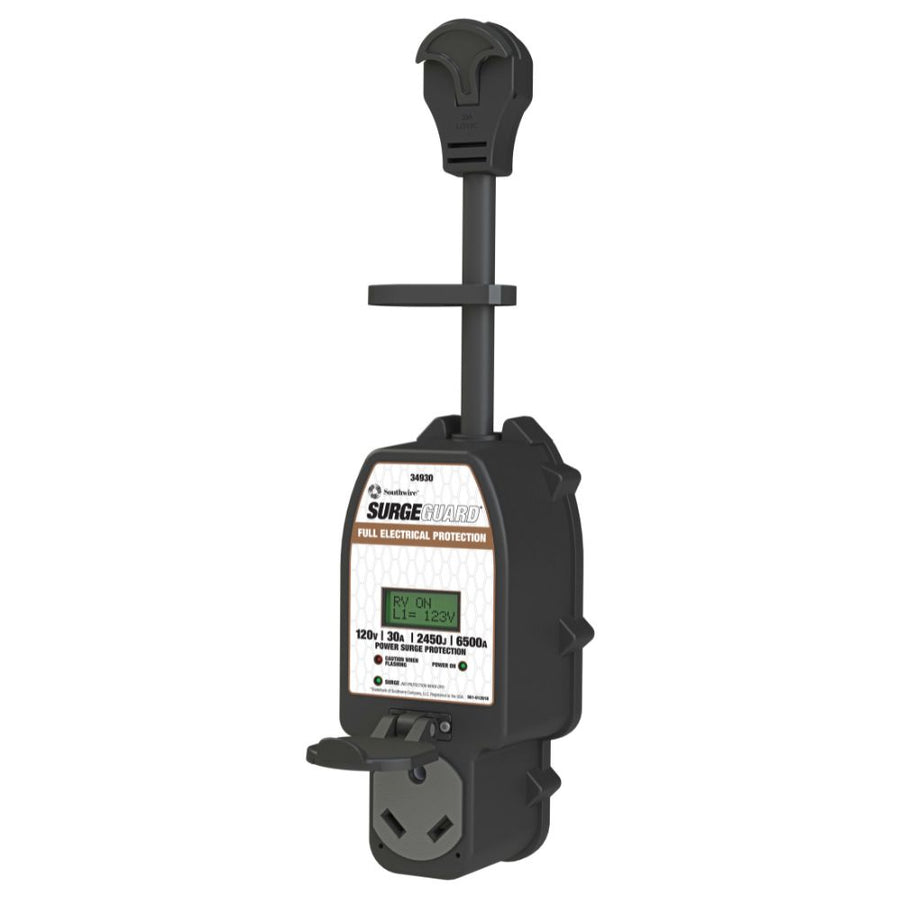

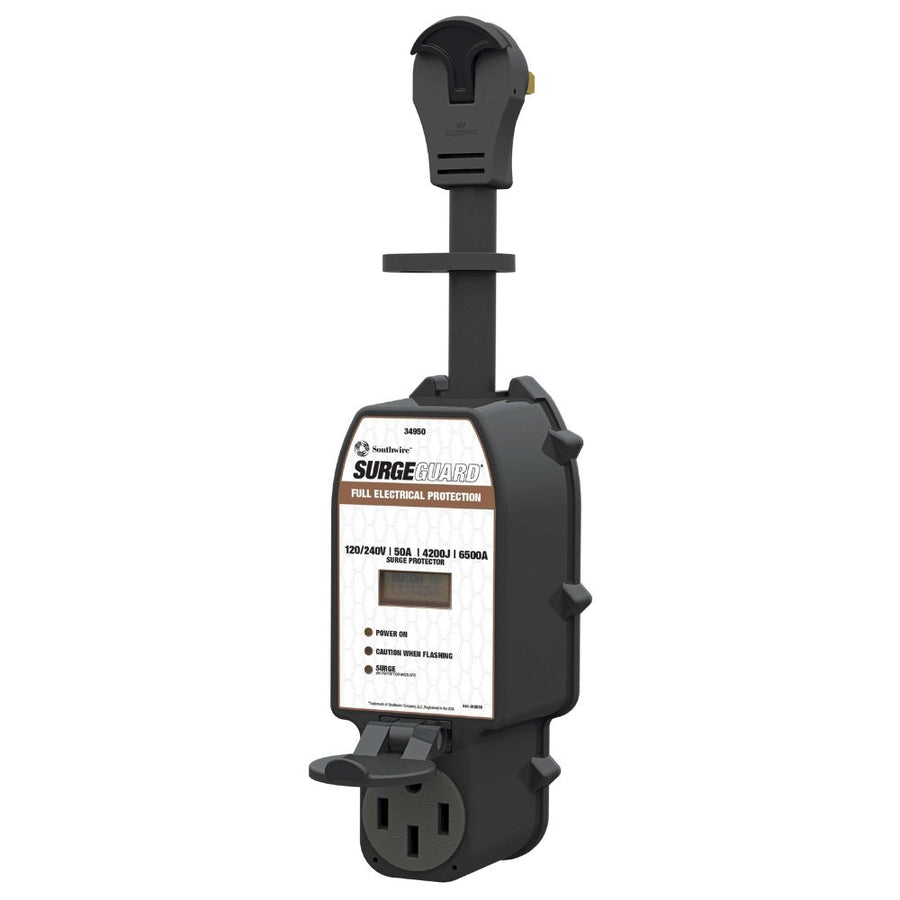




Leave a comment